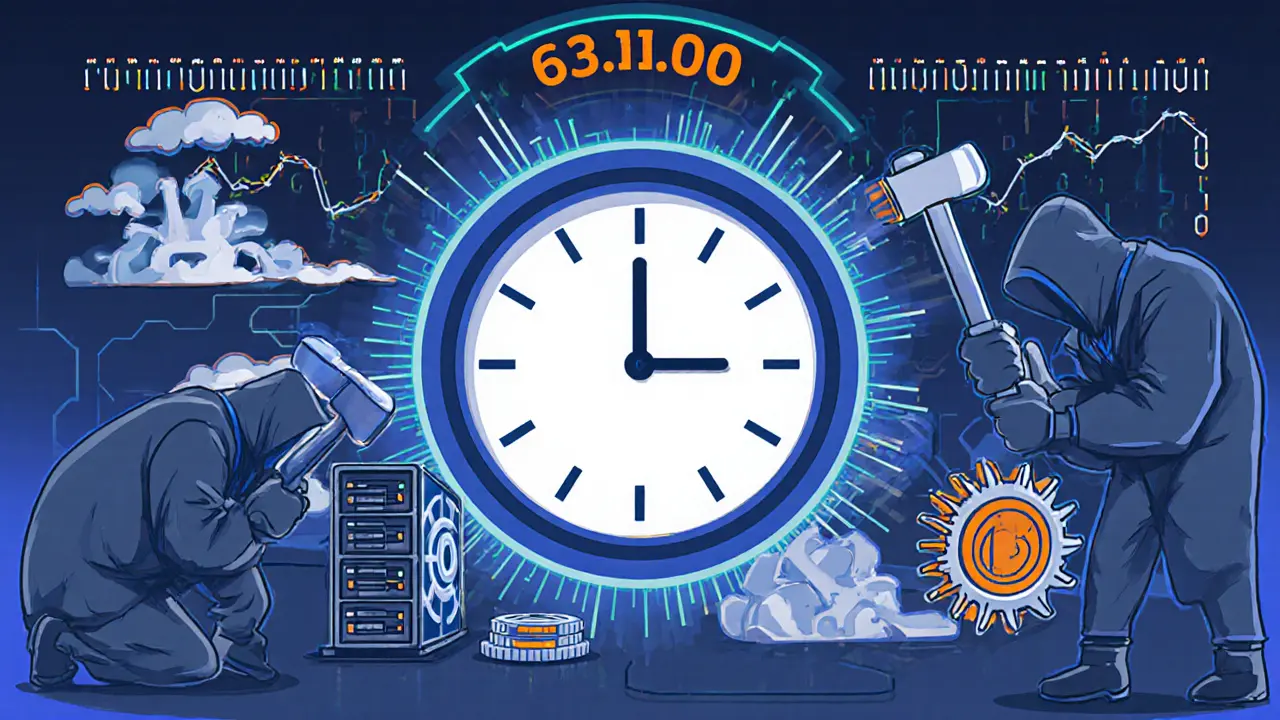Blockchain Stability: What Keeps Crypto Networks Running Smoothly
When we talk about blockchain stability, the ability of a decentralized network to maintain consistent performance, security, and uptime under pressure. It's not just about no crashes—it's about whether the system can handle sudden spikes in usage, malicious attacks, or faulty nodes without breaking down. Many people think if a blockchain doesn't go down, it's stable. But that’s like saying a car is reliable because it starts every morning. What about the brakes? The steering? What happens when you hit a pothole at 80 mph?
blockchain security, the set of protocols and incentives that prevent fraud, double-spending, and network takeovers is the foundation. Without it, stability is an illusion. Look at the posts here—some cover exchanges like Btcwinex that vanished overnight, others warn about fake airdrops that drain wallets. These aren’t just scams; they’re symptoms of weak underlying trust systems. True blockchain stability means your transaction won’t get erased, your tokens won’t be stolen because of a漏洞, and the network won’t freeze when everyone tries to trade at once.
decentralized networks, systems where control is spread across many independent participants instead of one central authority are supposed to be more resilient. But decentralization doesn’t automatically mean stability. Take sidechains like Polygon—they were built to reduce load on Ethereum, but if they get too popular and lack proper security audits, they become new points of failure. The same goes for DeFi protocols. When composability lets protocols talk to each other like Lego blocks, one broken piece can collapse the whole tower. That’s why posts on DeFi risks and cross-chain integrations matter—they show where the weak links are.
Stability also means crypto network resilience, how quickly a blockchain recovers from disruptions like node outages, validator failures, or sudden price swings. Some chains crash when the price drops 20%. Others keep running because their tokenomics and incentive structures are built for long-term survival. Look at Jupiter on Solana—it’s not just popular, it’s engineered to handle high volume without slowing down. That’s stability in action.
And then there’s blockchain scalability, the ability to process more transactions without sacrificing speed, cost, or security. You can’t have stability if the network is clogged. That’s why sidechains, zero-knowledge tech, and Layer 2 solutions show up so often in these posts. Paradex and Starknet aren’t just fancy names—they’re attempts to fix the bottleneck that makes some blockchains feel like dial-up internet.
What you’ll find below isn’t a list of random crypto stories. It’s a map of where blockchain stability succeeds, fails, and gets hacked. From tax rules that strain user behavior to airdrops that vanish overnight, every post reveals a different angle of the same problem: how do you build a system that doesn’t just look strong, but actually holds up when it matters?
Mining Difficulty and Block Time: How Bitcoin Keeps Block Creation Stable
Bitcoin's mining difficulty adjusts every two weeks to maintain a 10-minute block time, ensuring network stability despite massive changes in hash power. Learn how it works, why it matters, and what it means for miners.





